Grand Cercle des Vins de Bordeaux at the Grand Hôtel
The vast majority of wine producers in Bordeaux make wines at very reasonable prices, and often of very good quality. Unfortunately on tends too easily to only think of the now very expensive “classified” chateaux in the Medoc, Graves and Saint Emilion and their un-classified but equally famous cousins in Pomerol. It is a mistake to believe that all of Bordeaux is at this exalted level of prices.
Unfortunately, the chateau in the medium price range, say between 10 and 25 euro have difficulties getting noticed (not least in Sweden where there is a big monopoly buyer). But now Le Grand Cercle has decided to change this. They came in force to Stockholm and presented their wines. BKWine’s Carl-Erik Kanne was there and tasted. He gathered a lot of recommendations on excellent Bordeaux wines for reasonable monies!
Grand Cercle des vins de Bordeaux, is the imposing title of a new association of wine producers in Bordeaux with the intention to promote wines from both the “left” and the “right” bank of the Gironde / Garonne.
The association has been created thank to the enthusiast Alain Raynaud who wanted to bring together the efforts made by the Cercle Rive Droite and Cercle Rive Gauche. Cercle Rive Droite was established in July 2002 and represents a sample of about 140 estates whose keyword is excellence. The sister organization Cercle Rive Gauche was formed in 2013 and currently includes some 50 estates specially selected for their high quality wines.
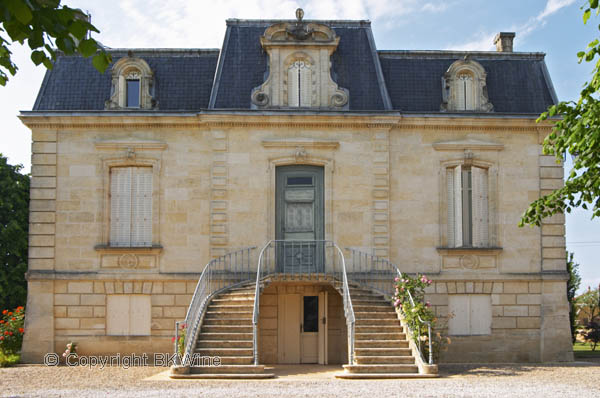
This, the younger the organization, is supposed to be able to take advantage of the work already done in the older one to promote good wines from Medoc, Graves, Sauternes and Barsac.
The tasting intended to showcase many high quality Bordeaux wines available at affordable prices. It can perhaps be seen as a reaction against the increasingly expensive “prestige wines” from the more well-known chateaux.
Grand Cercle des Vins de Bordeaux thus consists of the entire 188 properties in 31 different appellations!
It illustrates well that even in Bordeaux a lot has happened in recent years for example by former “volume” focussed areas raising quality and now classified in their own smaller AOC areas. The best example is the former big “Entre-Deux-Mers” between the rivers Garonne and Dordogne, which now contains a large number of small appellations.
Producers in le Grand Cercle have a shared vision of excellence and a desire to express their wines unique personalities.
Members also have a common ethical approach to the handling of grapes and wines and how wines are marketed.
The wines are quality assured by a tasting twice a year and receive a special stamp that may be placed on a wine label. The tasters are independent and the tastings are blind. So far, the GJE (Grand Jury Européen) has done the tastings. They have adopted the “Parker” 100-point scale for comparability.
Anyone who is interested in more details about the Cercle Rive Droite can find it here: www.cerclerivedroite.com
Cercle Rive Droite and le Grand cercle is so young that they are not yet online.
The Circle comes to Stockholm
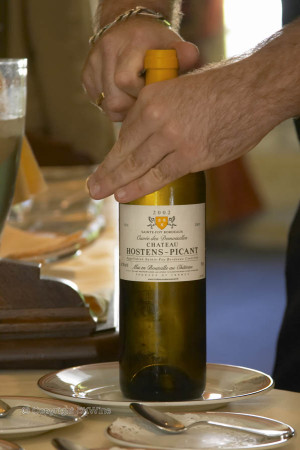
Some 40 producers had responded favourably to the invitation to exhibit in the Hall of Mirrors at the Grand Hotel in Stockholm, and more than 100 wines were available to taste.
A veritable challenge as very much was very good. But if I take the reds first and start from the southeast on the right bank so I come to…
Bordeaux “côtes”
In Sainte-Foy Bordeaux we have Château Hostens-Picant: their 2010 has lovely fruit and good freshness and length in the finish that bode well for the next 10-15 years. This wine is 56 % merlot and 44 % cabernet franc which are organically grown. It also produces white wines (see below).
Straight to the west before we reach the Garonne, we find Cadillac Côtes de Bordeaux and Château Clos Chamont from the years 2011, 2010 and 2009, and 2004, all with a blend of merlot and cabernet sauvignon. Interesting contrasts between vintages and stages of development. 2011 cooler character compared against the hot vintages 2009 and 2010.
I found the 2009 more elegant, while the 2010 had a lot of power and good balance to for a good future development.
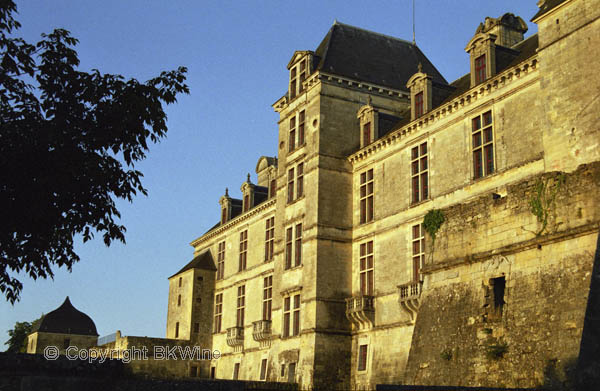
Fronsac, once more prestigious than Pomerol
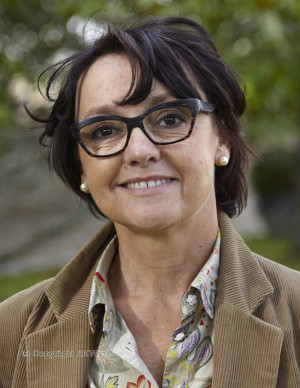
Turning the nose to the northeast, we see the small Fronsac area and the even smaller Canon-Fronsac on the other side of the Dordogne. Here I first found Chateau Dalem whose 2010 contained very dark fruit and nice barrel character, good structure and a long smooth finish. 90% merlot, 10% cabernet franc from 45 year old vines. Fermentation in cement tanks for 3-4 weeks. 18 months of ageing in a mixture of new and old barriques.
Also exciting from Fronsac was the property Haut Carles where the new owners of a few years, Constance and Stéphane Droulers, try to restore the reputation of Fronsac wines as better than Pomerol. As was the prestige ranking of the two regions during much of the 1800s!
Both Jean-Luc Thunevin and Alain Raynaud have been involved in this project. The wine, Haut Carles Fronsac, made from 90% merlot, 5% cabernet franc and 5% malbec did not disappoint. Very good fruit concentration, strong tannins and high acidity. An impressive wine, especially after a few more years in the cellar.
From the very small Canon Fronsac appellation came Château Les Roches Gaby 2010 which may be regarded as belonging to the modern-style Bordeaux wines with a soft, fruity style at a great price (around 15 euros in Sweden).
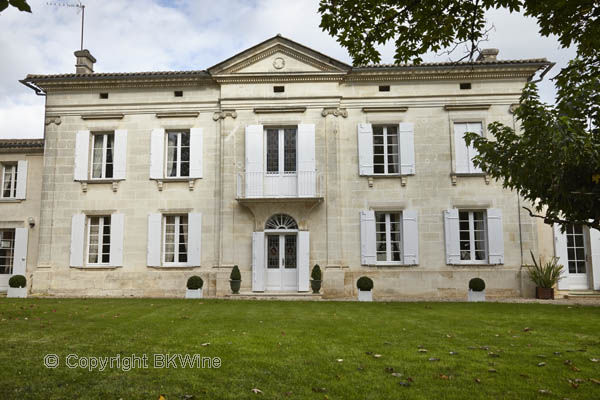
Pomerol and its satellites
Next door to Fronsac, to the east, lies first Pomerol, perhaps best known for its Chateau Pétrus. But there is fortunately much more than that to choose from. For example, the Château Siaurac whose 2010 had great promises of good years ahead. The property has the same owner as Le Prieuré in St. Emilion (see below), Aline Guichard.
If we continue in Pomerol we find Clos Vieux Taillefer, whose 2010 was promising with good structure and a fine long taste.
The Château Fayat 2010 felt very approachable already now which is not so strange when you consider that Jean Luc Thunevin has been a partner and is now a consultant to the property. He is very fond of fresh fruit!
In the neighbouring commune of Lalande de Pomerol I found Château Perron “La Fleur” 2009: a bottle with concentrated dark fruit from 100 % merlot from 65-year-old vines. It needs a few more years in the cellar to be really enjoyable.
Saint Emilion
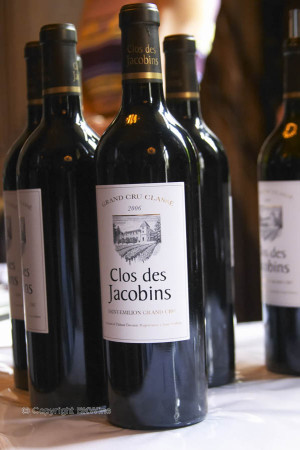
After Pomerol we move on to St. Emilion. It may be worth recalling that the classification here differs from that in the Medoc. From 1954 it was divided into three groups, unlike the 5 Médoc groups of 1855. The three in St. Emilion (last updated 2012) are 1er Grand Cru Classé (with 18 chateau, with the variants “A” and “B”), Grand Cru Classé (64 chx), and Grand Cru. Others are referred to as simply St. Emilion AOC.
There were several Grand Cru Classés to taste, such as Château La Marzelle with a variety of vintages. 2003an was wonderful to drink now.
The estates Château La Commanderie and Clos des Jacobins have the same owners / winemakers, Thibault and Magali Decoster. Since they bought the properties they have completed thorough renovations of the facilities to improve quality.
The Commanderies 2009 with 80 % merlot and 20 % cabernet franc is delicious to drink young with lots of soft fruit and balanced tannins. Jacobin presented a 2006 which was full of dark fruit, a very well-balanced wine enjoyable now and for years to come.
Another well-made wine of the 2009 vintage came from Château Fleur Cardinale (45 euro in Sweden): 70 % merlot and 15 % each of cabernet franc and cabernet sauvignon.
Also deserving mention was Clos Les Grand Verse Annes in 2008, made from grapes from 50-year-old vines. A wine with lots of concentration; Château La Grangère 2009; and last but not least, the second wine of Château Le Prieuré, Délice du Prieuré from 2011, delicious to drink now in his youth.
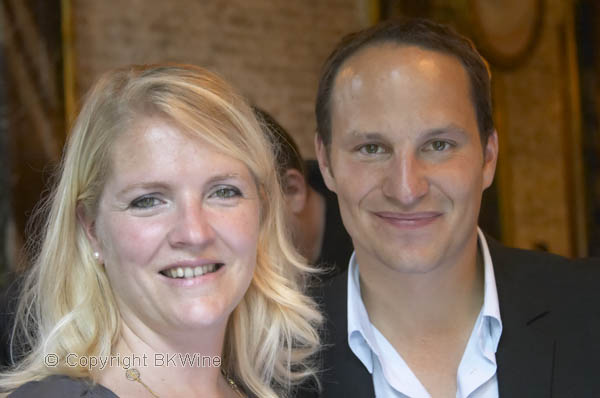
West, towards the left bank of the river
After this excursion on the Right Bank with merlot dominating in the cuvées it was time to visit the producers of reds on the Left Bank, notably Medoc and its surroundings.
The wines are mostly dominated by cabernet sauvignon and they felt generally tighter and less approachable now compared to their cousins on “the other side”. Although none of the classified grand cru wines were represented in this collection I still felt that the quality level of those represented was high and promising well for the future.
Along the Médoc and Pessac-Léognan
If I have to select a few it will be Chateau d’ Agassac from Haut-Médoc; the wines were from 2010, 2009, and 2007 where the 2007 impressed already today, with almost 50% merlot. Fruity, well balanced with soft tannins, to be enjoyed now and in the future. Both the 2009 and the 2010 promised more pleasures in the future.
Another property that departed from the traditional Médoc was Château Rollan de By, unusual in that it uses a high proportion of merlot. But this is less surprising when considering that Alain Raynaud is a consultant. The 2010 contains 70 % merlot and felt like a good companion to a rare entrecote today. But it also has great future potential in the cellar. (Available for around 20 euro in Sweden.)
The owner, the architect Jean Guyon, also owns several other estates in the Médoc in what is called the Domaines de Rollan de By, including Chateau Haut Condissas who was represented by both a 2008 (45-50 euro in Sweden) and a 2009. Both glorious examples of a young Bordeaux. The 2009 in particular with great aging potential.
From Moulis in central Medoc, I found a nice wine in the form of Château Brillette and their 2009 with 50/50 merlot/cabernet sauvignon.
The Lurton family was represented by three estates in Pessac-Léognan (see more below) where I thought the Château Cruzeau 2010 felt to give most value for money, but it is unfortunately not available in Sweden yet.
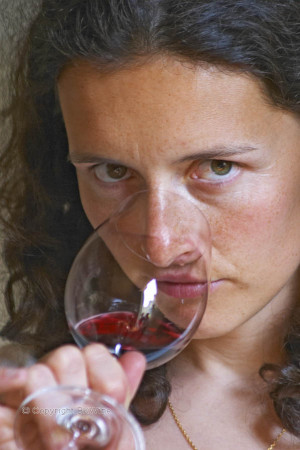
What could then be more appropriate than to finish the red part of the tasting with yet one more wine from Margaux, namely Chateau d’ Arsac 2011 showing great potential with power and concentration of fruit today? Would be interesting serve it with a red piece of meat. But it will probably be even more into its own after a few years in the cellar.
A White Afternoon
The dry white wines were pretty sparse, but a few deserve mention here. I start with Château Thieuley Cuvée Francis Courselle 2010 made from 50/50 sauvignon blanc and sémillon giving good fresh acidity and also body with nice hint of vanilla from the oak barrels. A beautiful food wine in traditional Bordeaux style.
Back to where our red exploration, started in the appellation Sainte-Foy- Bordeaux, I return to the producer Château Hostens-Picant who also offered a well-made wine from semillon / sauvignon blanc with a little muscadelle. Fresh, fruity with a good round mouth-feel from careful use of oak.
Château Le Sartre in Pessac-Léognan presented a small white gem from 2010. (Approx. 20 euro in Sweden.)
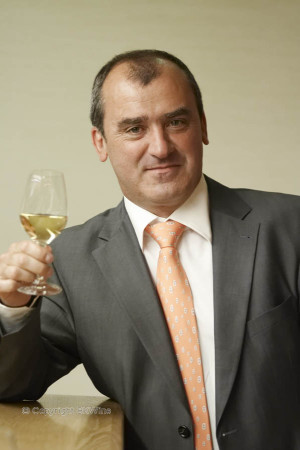
From the larger Graves region we are after all spoiled with many great white food wines. Chateau Brondelle Grand Vin 2011 was no exception.
From the same area, AOC Graves, the Lurton family was well represented with three producers in different price and quality ranges where Château de Rochemorin started at the lowest level and Chateau Couhins-Lurton was the highest.
In between, there was the Château de Cruzeau whose 2010 was a very typical sauvignon blanc wine. (Rochemorin blanc 2009 available for around 16 euro and Couhins-Lurton blanc for some 30 euro in Sweden.)
Sweets in Sauternes
With the palate well-exercised by all the tannins from the many red goodies, it felt nice to rinse out and take on the sweets from Sauternes.
Here were both Château Raymond Lafon and Chateau Closiot represented, both with 2009s and although the latter defended the colours of Sauternes very well the former had more of everything and above all a lovely tension between high acidity and sweetness accompanied by botrytis aromas!
Buy and forget in the cellar!
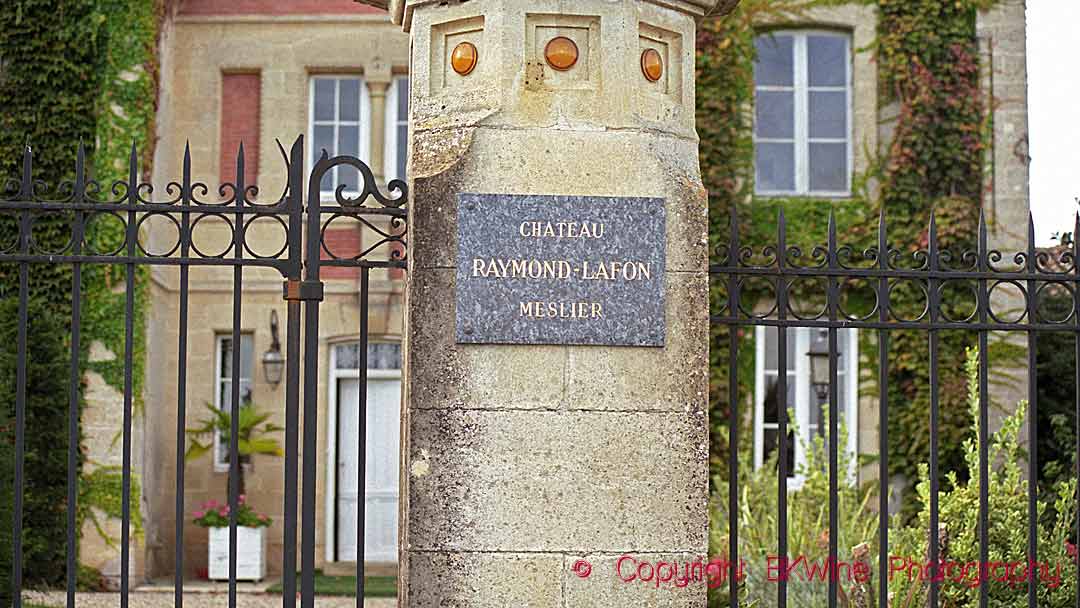
The circle closes
In conclusion, it is interesting to note how the pendulum swings between left and right, not just in politics.
Interest in the right river bank increases as the prices on the left go up, after having lived for a long time in the shadows of their more famous left bank neighbour. If we go back to the 14th century and just over a century onwards, when the British practically owned Bordeaux, all production was concentrated on the right bank and its hinterland upstream. Medoc was not even on the map as a wine region.
Carl-Erik Kanne is a long time wine enthusiast and fervent wine taster. He reports from wine tastings and wine events in Stockholm for BKWine Magazine.
[box type=”info” size=”large” style=”rounded” border=”full”]
Delving deeper in Bordeaux
Perhaps the best way to discover all these goodies, and similar wines, available in Bordeaux is to go there yourself and visit the vineyards. On a wine tour with BKWine to Bordeaux you will experience many visits to highly skilled winemakers! You will have unique opportunities to meet the winemakers and taste the wines.
Travel to the wine country with the experts on wine and the specialist in wine travel!
[/box]
The official video from the event:
https://www.youtube.com/watch?v=NveAbBLe_FI
The full list of participants in the tasting
From the left bank:
Medoc
- Château Haut Condissas
- Château Greysac
- Château Patache d’Aux
- Château Rollan de By
- Château Tour Séran
Moulis
- Château Brillette
Margaux
- Château d’Arsac
Haut-Médoc
- Château d’Agassac
- Château Clément Pichon
- Château Liversan
Graves
- Château Brondelle
Pessac-Léognan
- Château Couhins Lurton
- Château de Cruzeau
- Château Haut Lagrange
- Château de Rochemorin
- Château Le Sartre
Sauternes
- Château Closiot
- Château Raymond Lafon
Barsac
- Château de Myrat
From the right bank:
Bordeaux
- Château Thieuley
Bordeaux Supérieur
- Grand Vin de Reignac & Balthus
Sainte Foy de Bordeaux
- Château Hostens-Picant
Cadillac Côtes de Bordeaux
- Château Clos Chaumont
Castillon Côtes de Bordeaux
- Château de Laussac
Fronsac
- Château Dalem
- Château Fontenil
- Haut Carles
Canon Fronsac
- Château Gaby
Pomerol
- Château Fayat
- Clos Vieux Taillefer
- Château Vray Croix de Gay
Lalande de Pomerol
- Château Jean de Gué
- Château Perron la Fleur
- Château Siaurac
Saint Emilion Grand Cru
- Clos Dubreuil
- Château Godeau
- Château Grand Corbin Manuel
- Clos les Grandes Versannes
- Château La Grangère
- Château du Parc
- Château Rol Valentin
Saint Emilion Grand Cru Classé
- Château La Commanderie
- Château Fleur Cardinale
- Clos des Jacobins
- Château La Marzelle
- Château Le Prieuré
Montagne Saint Emilion
- Château Faizeau
- Château Messile Aubert
Lussac Saint Emilion
- Château La Rose Perrière


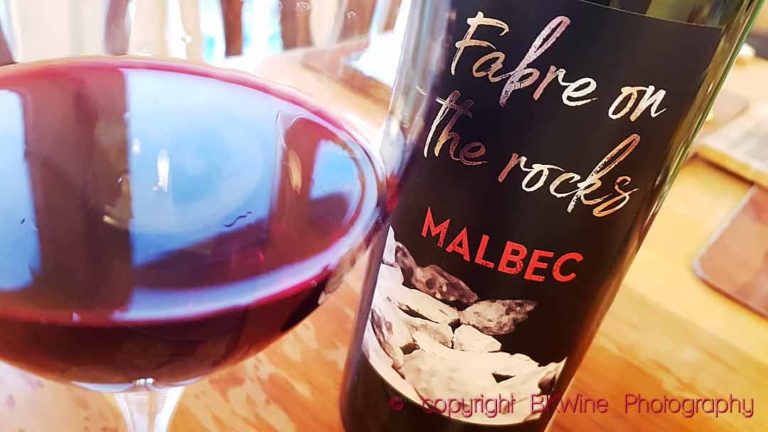
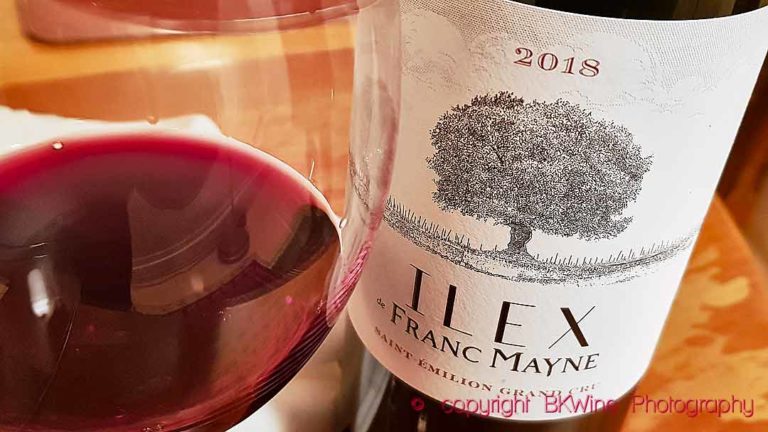
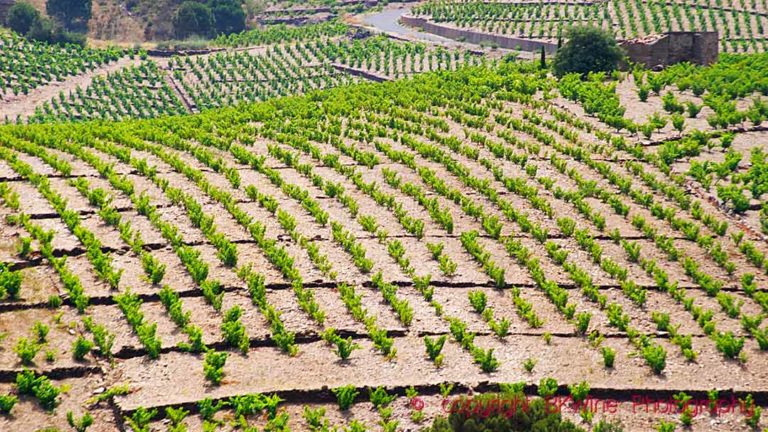






4 Responses
Rollan de By in the Medoc, keeps appearing in lots of reviews lately. Great quality/price.
Yes, they have not only a talented winemaker but also a talented marketing department ;-)
I was looking for the varietal content of the Château De Carles 2011 Grand Vin De Bordeaux Red Bordeaux, when I came across you website, and though not much information on this wine, I wanted to say how much I enjoyed the portraits!
Cheers!